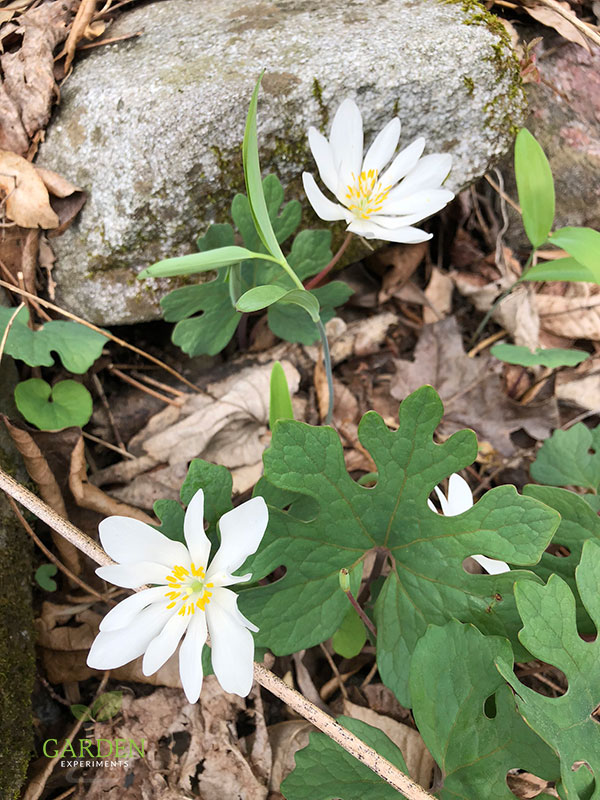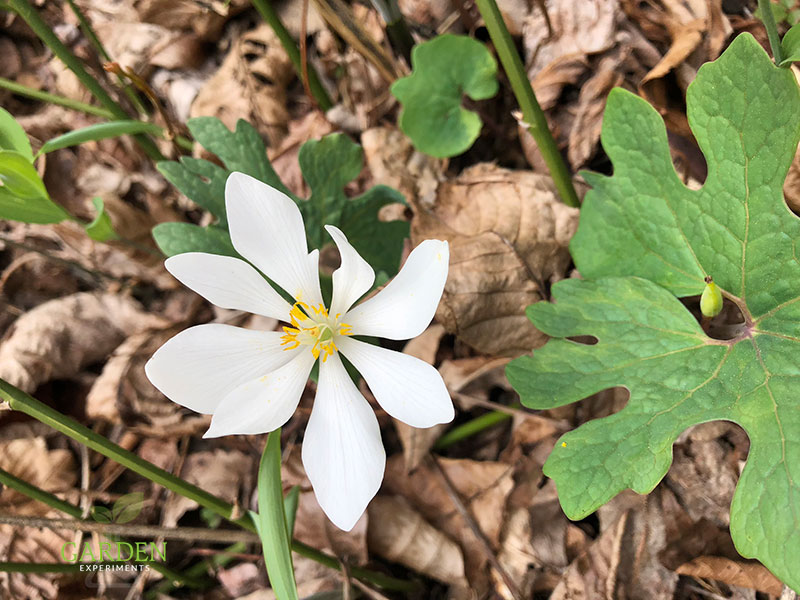The first flowers to show their faces after winter are the native wildflowers. By mid to late-March, they are usually in full bloom. Bloodroot, trillium, and Jack in the pulpit are some of my favorite early-blooming southeastern native plants. Which one is your favorite?
Incorporate Native Plants in Your Garden
Choosing to incorporate native plants in to your garden is a great idea if you want hardy plants that can tolerate the local soil and weather conditions. Native plants are just that – perfectly adapted for the spot in which they naturally grow. Learn how to incorporate these three early-spring wildflowers into your garden, particularly if you have wooded areas.
Trillium Flowers
Trillium flowers have three large bracts (look like petals) in red, white, purple, pink, yellow, or green colors. Many trilliums are protected because of their sensitivity to disturbance. Picking a leaf or a flower from a trillium may kill the entire plant. So don’t do it!
How to Grow Trillium
Trilliums don’t grow very tall. The plants remain low to the ground at about 1′ to 1.5′. They are spring-blooming and found in woodlands with rich, moist soil, usually in shade or part-shade.
Sweet Betsy (Trillium cuneatum), as seen below, can be grown in zones 5 to 8. It is also known as wood lily or toadshade. This is a perfect addition to woody areas or shady areas in your garden with moist soil.
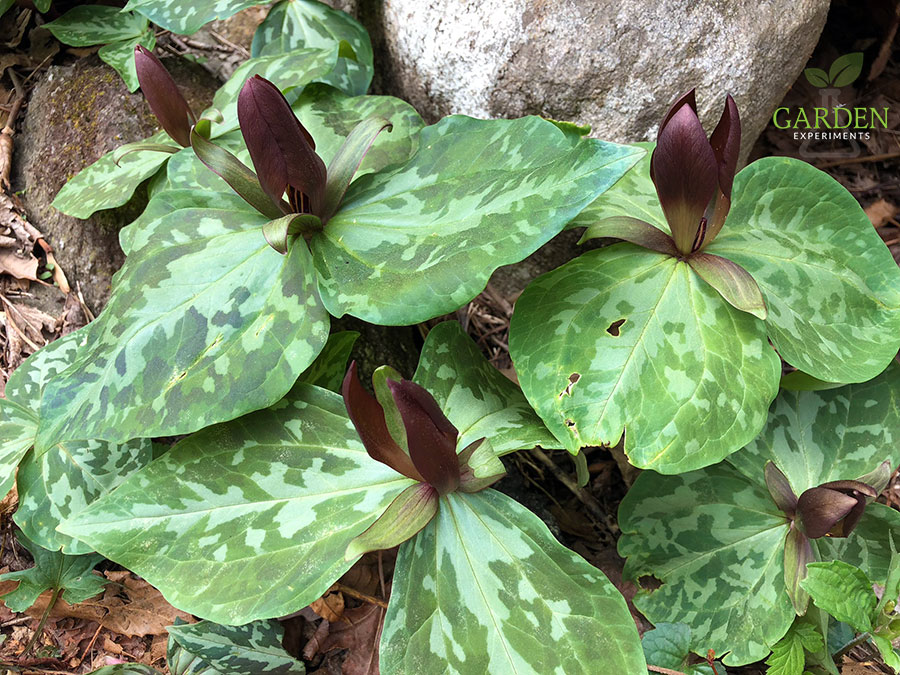
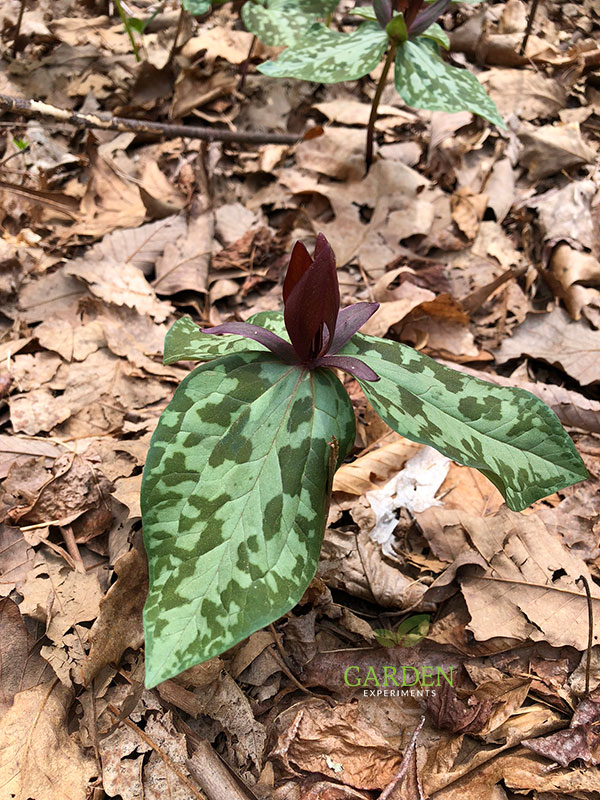
Jack in the Pulpit Flowers
Another interesting spring bloomer is Jack in the pulpit (Arisaema triphyllum). The flowers are hoodlike, with the pulpit (spathe) of the flower enclosing the ‘Jack’ which is the spadix of the plant. (See diagram 5 on this page).
Once the flowers are spent, the plant will develop a cluster of bright red berries at the top of the stem. This plant can be as tall as 2 feet.
How to grow Jack in the Pulpit
Jack in the pulpit prefers shade with rich, moist soil. It is commonly found in woodlands and along stream banks. It blooms in the spring. In your garden, this plant can be grown in woody areas and is very low maintenance once established.
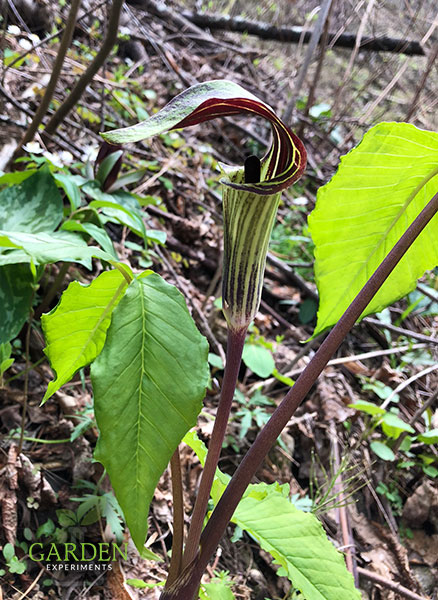
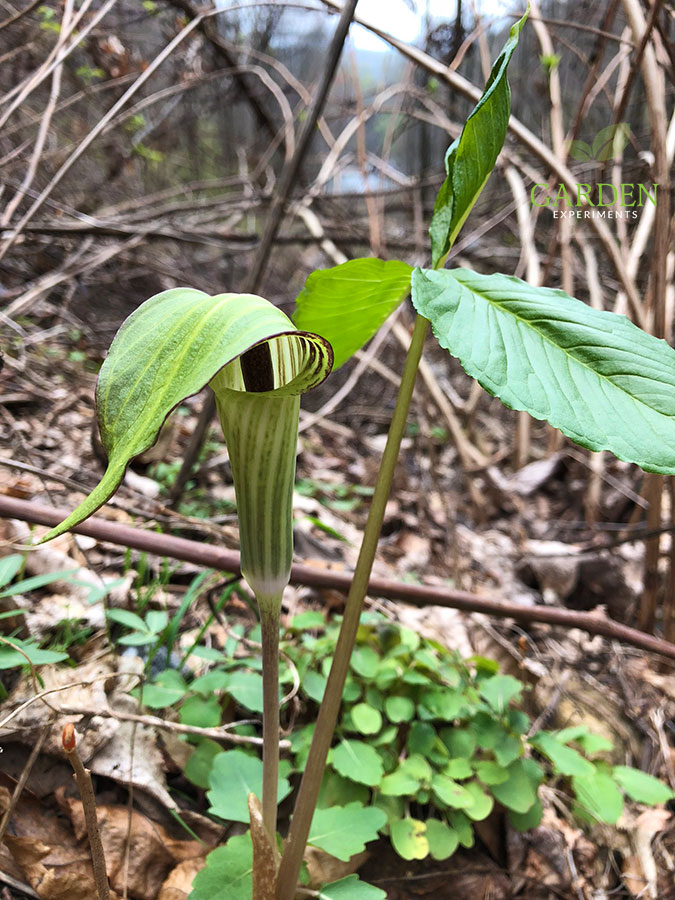
Bloodroot
Another woodland native plant that flowers in early spring is bloodroot (Sanguinaria canadensis). It grows to about 1′ in height and about 10 inches in width. The flowers are short-lived, lasting only a few days.
Bloodroot flowers are about 2 inches in diameter and have 8 to 16 bright white petals with a yellow center. Each flower opens in the morning and closes when the sun goes down. The sap of this plant is red, the color of blood, hence the common name for the plant.
How to Grow Bloodroot
It prefers rich, well-drained soil and grows best in full to part shade. This perennial plant prefers moist soil. In your garden, it can do well as a groundcover underneath trees.
